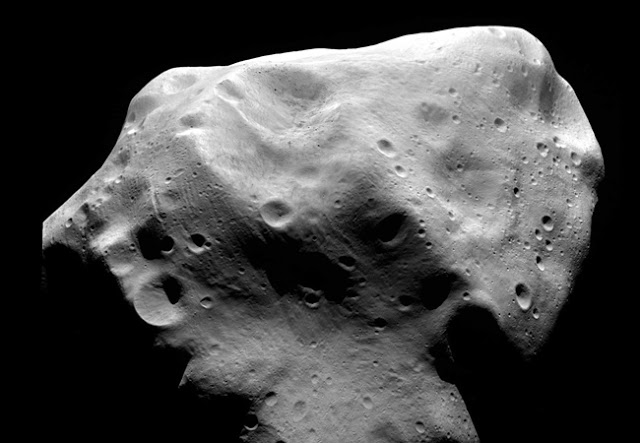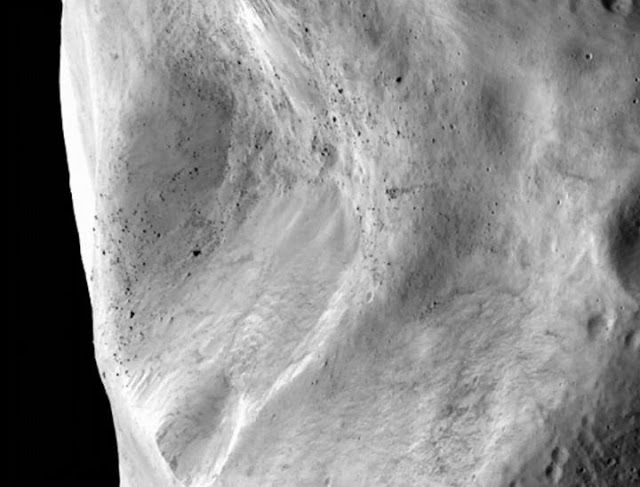

| Online: | |
| Visits: | |
| Stories: |

| Story Views | |
| Now: | |
| Last Hour: | |
| Last 24 Hours: | |
| Total: | |
Scientists Reconstruct Asteroid Collisional History
Scientists have reconstructed a timeline of these collisions using a physics-based model which reproduces the process through time, comparing its results with present-day information about chondrite meteorites. The work appears in the publication Astrophysical Journal.
According to the researchers, the size distribution of the objects which make up the asteroid belt between Mars and Jupiter indicates that these asteroids have been struck by projectiles of over 20 centimeters in size at least 100 million times. The resultant craters from these strikes are proportional to both the diameters and the velocities of these projectiles.
In Germany’s University of Braunschweig’s labs, researchers Eike Beitz and Jürgen Blum, who led the research project, have carried out the impact simulation experiments. “These have been vital to understanding the physics of the process, and key in establishing the results of the impacts made by projectiles of such a varying range of shapes and velocities which occur naturally” Trigo points out. For his part, Gabriela Parisi, from the University of La Plata (Argentina), has put the physics model into practice utilizing a series of algorithms which reproduce the series of impacts between asteroids previously outlined, and has managed to replicate the collisions timeline.
Contacts and sources:
Abel Grau
Spanish National Research Council (CSIC)
Source:




